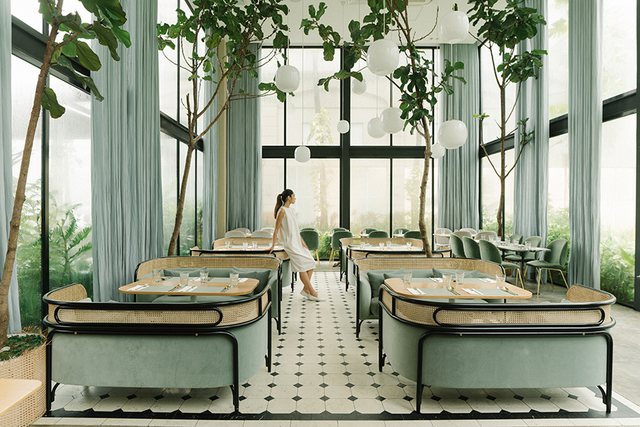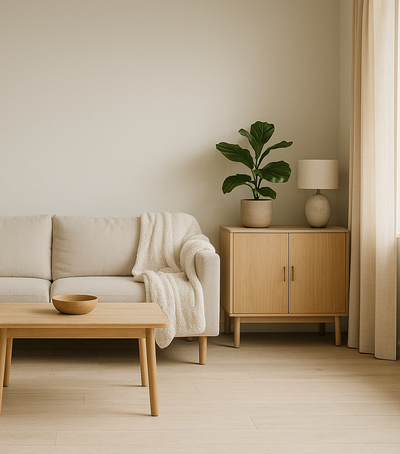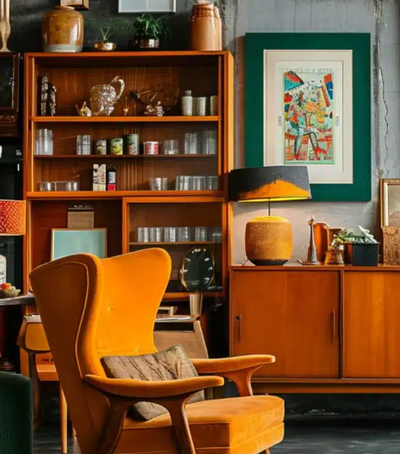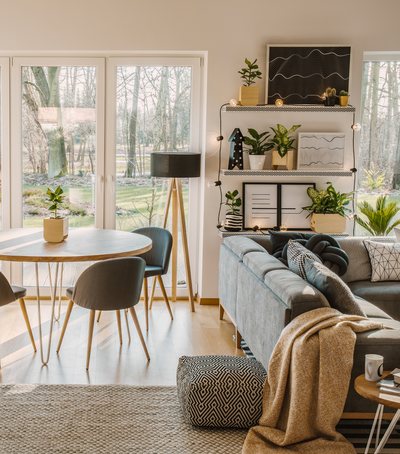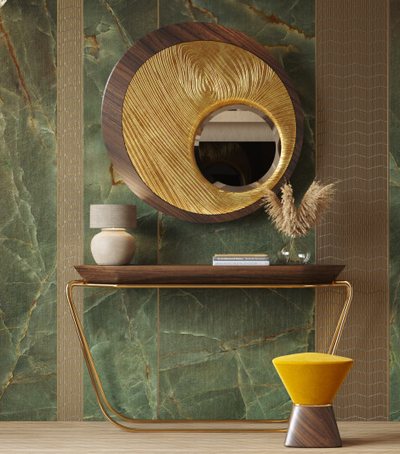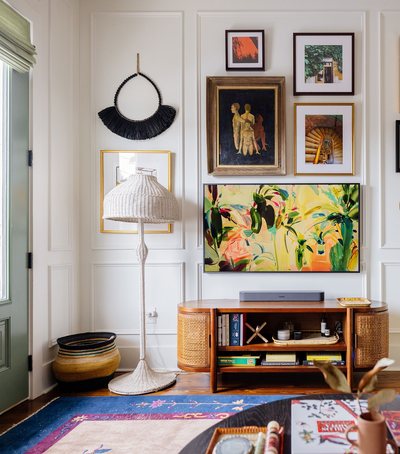
Interior design begins with human experience. Considering peopleâ??s physical, mental, and emotional needs, interior architects use approaches focused on creating spaces to live. For this reason, contemporary interiors are increasingly inspired by biophilia, as a comprehensive approach to design.
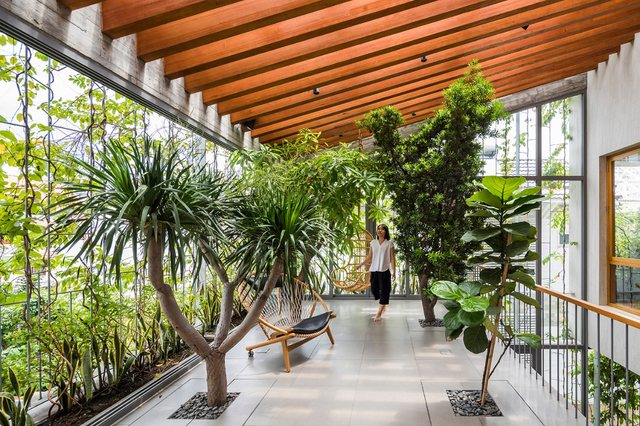
By definition, interior design involves a variety of aspects of our environment. Discipline extends to building materials and ends at work, furniture, furnishings and appliances, lighting, acoustics, and human behavior.
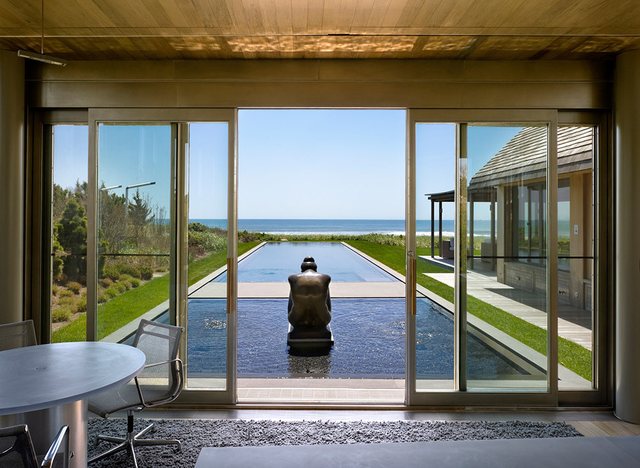
Biophilia affects the physical and sensory elements, affects emotions, health and overall feeling. But what is biophilia and how does it relate to modeling?
The essential principle of biophilia is to connect people to nature and, as a result, to improve well-being. This concept involves peopleâ??s dependence on nature; the pleasure derived from direct interaction with nature; physical withdrawal from nature, clear in its role as a source of inspiration and peace; and human connection with nature in the form of emotional connections with landscapes and spaces.
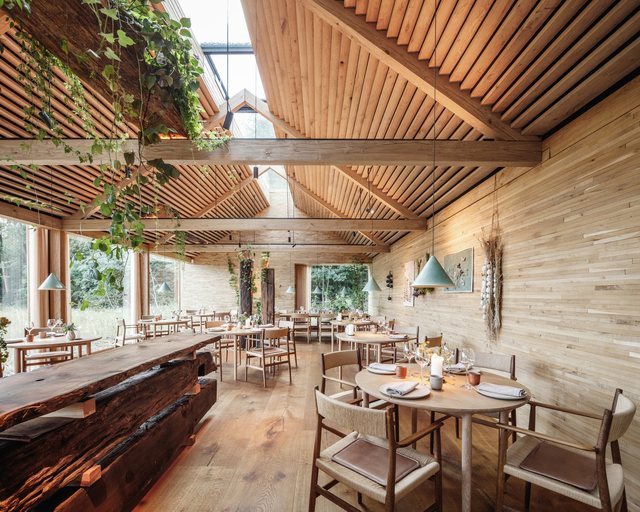
In design, we bring the characteristics of the natural world into built-in spaces, such as water, greenery and natural light, or elements like wood and stone. Biophilia is about the innate tendency of people to seek connection with nature. The term translates as 'love of living things' - in ancient Greek (filia = love and straightforwardness). The term was used by the American psychoanalyst of German descent Erich Fromm in his book Anatomy of Human Destructioniveness (1973), which described biophilia as "the passionate love of life and all that is alive." The term was later used by the American biologist Edward O. Wilson in his work Biophilia (1984), which proposed that the tendency of humans to focus and relate to nature and other forms of life has partly a genetic basis.
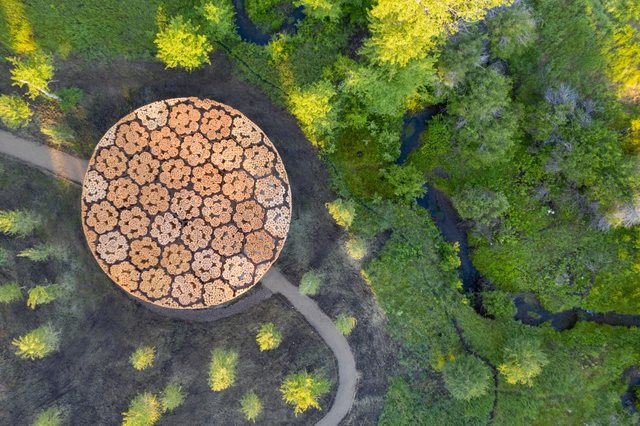
Over time, our connections with the natural world changed in parallel with technological developments. Advances in the nineteenth and twentieth centuries radically changed the way people interact with nature. People spend more and more time inside their homes. Almost 80-90% of the time is spent indoors, moving between homes and workplaces. While interior designers embrace biophilia, they create spaces that reduce stress while improving cognitive function and creativity. Utilizing biophilic approaches indoors, they can use botanical shapes and patterns, as well as create distinct visual relationships with nature. By doing so, we understand that biofilm consists of various natural layers that echo the interior design.
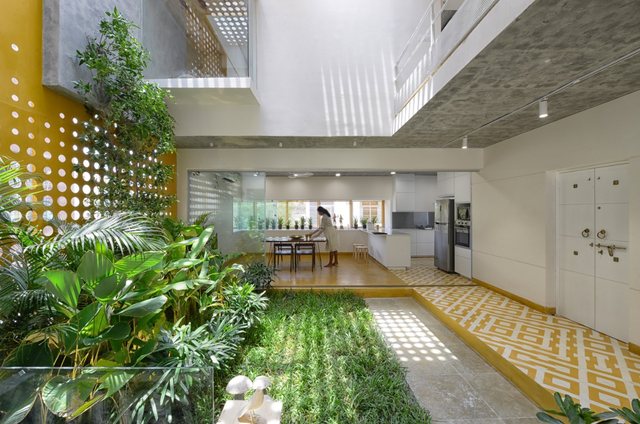
These design approaches improve human health and well-being. There are several benefits, including changing heart rate and pulse variability, lowering blood pressure, and increasing activity in our nervous system.
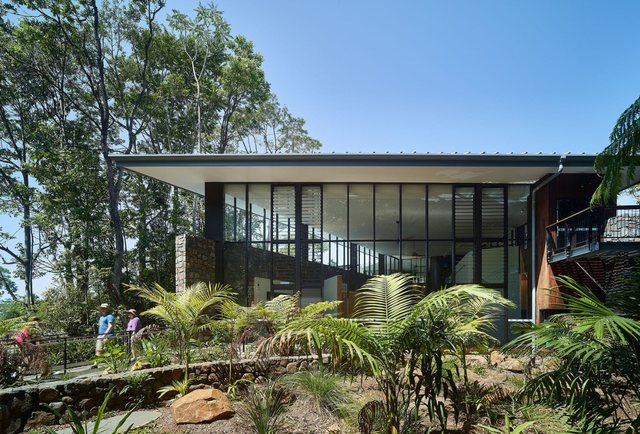
We can design spaces that connect us to nature to inspire us, increase our productivity, and create well-being. Beyond these benefits, by reducing stress and increasing creativity, we can also speed healing. In our increasingly urbanized cities, biophilia protects a more humanistic approach to modeling.
